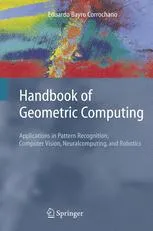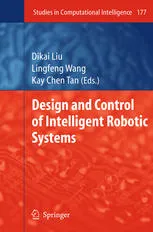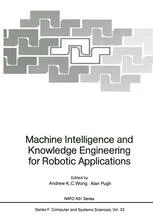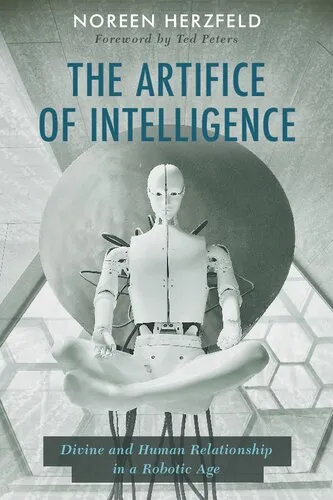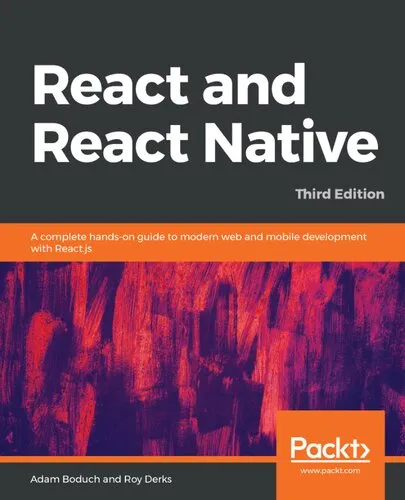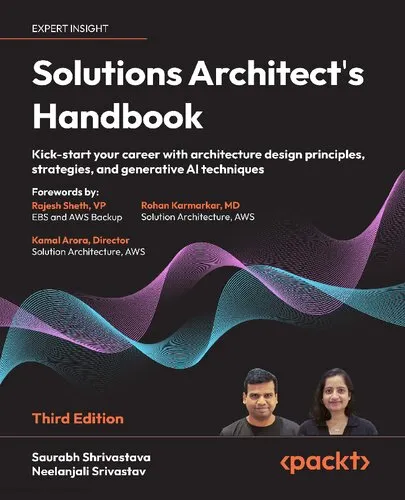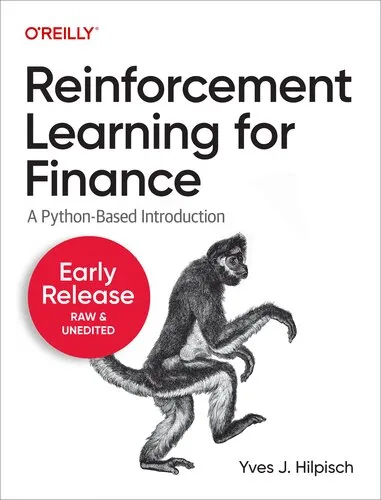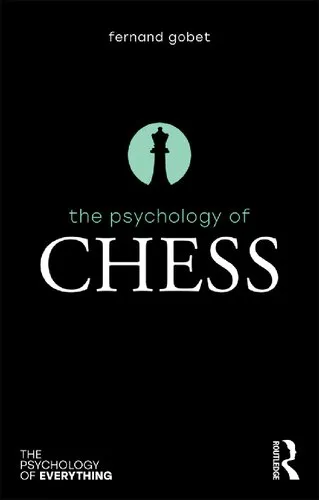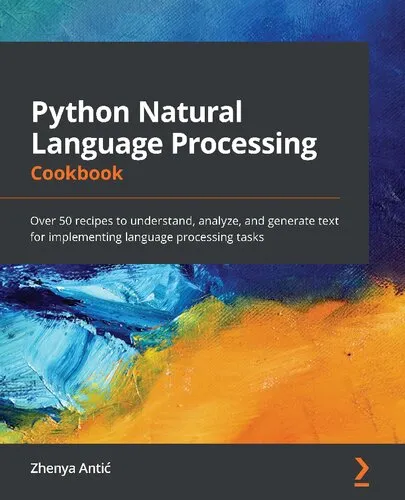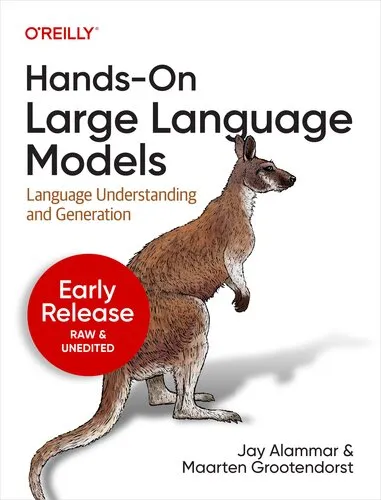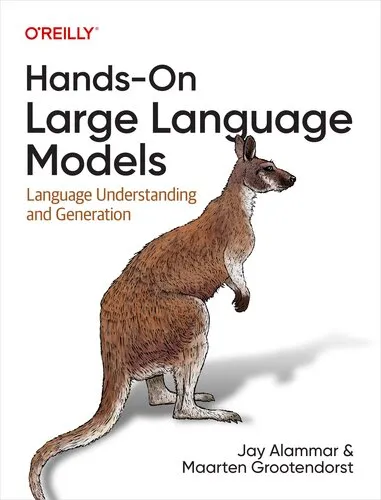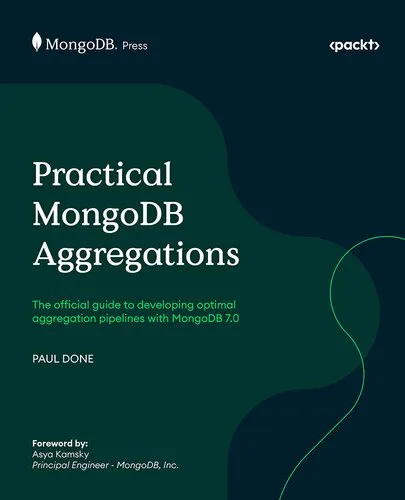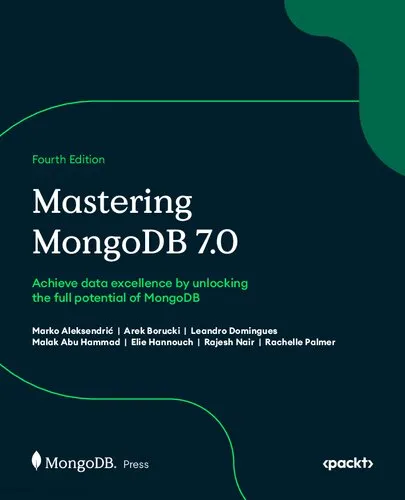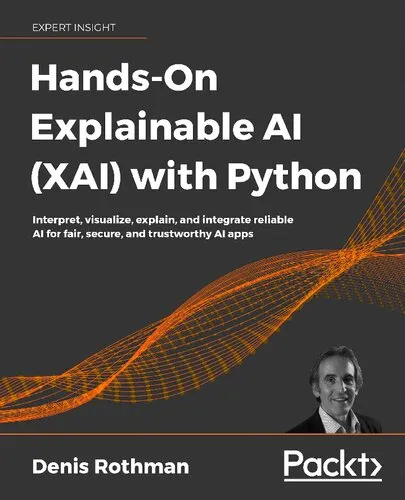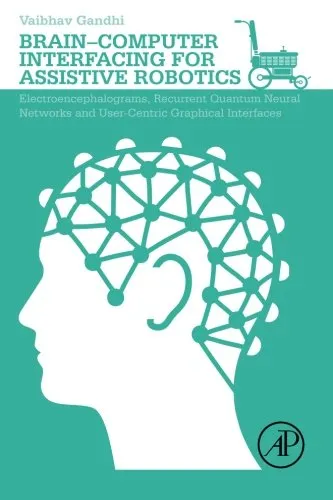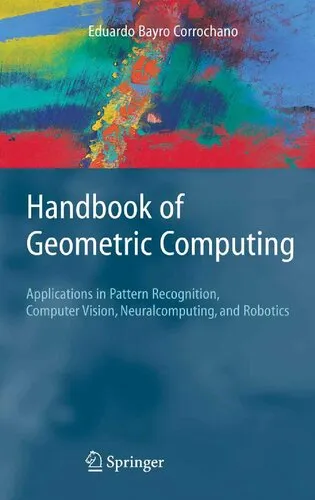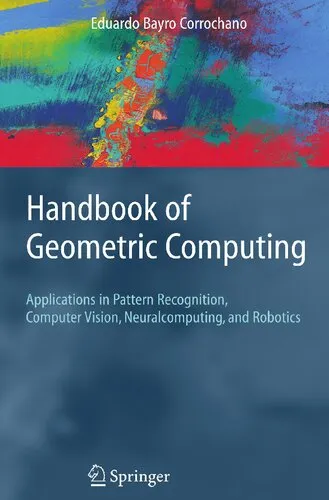Handbook of Geometric Computing: Applications in Pattern Recognition, Computer Vision, Neuralcomputing, and Robotics
4.6
Reviews from our users

You Can Ask your questions from this book's AI after Login
Each download or ask from book AI costs 2 points. To earn more free points, please visit the Points Guide Page and complete some valuable actions.Related Refrences:
Introduction to "Handbook of Geometric Computing: Applications in Pattern Recognition, Computer Vision, Neuralcomputing, and Robotics"
"Handbook of Geometric Computing: Applications in Pattern Recognition, Computer Vision, Neuralcomputing, and Robotics" is a comprehensive guide that bridges the gap between abstract mathematical concepts and their practical implementations in the realm of modern computing. Authored by Eduardo Bayro-Corrochano, the book delves deep into the transformative role of geometric algebra in solving complex problems in various domains, including robotics, neural networks, computer vision, and artificial intelligence. By focusing on geometric computing methodologies, it provides engineers, researchers, and students with a powerful framework to analyze, design, and innovate intelligent systems.
Detailed Summary of the Book
This book serves as both a foundational text and a practical guide, ensuring readers from diverse fields understand the significance of geometric computing in their respective disciplines. At its core, it explores advanced mathematical tools such as geometric algebra and Clifford algebra, allowing seamless integration of geometry into computational problems. The text is structured to take readers on a journey, starting from the basics of mathematical constructs to their applications in sophisticated systems.
Over its many chapters, the book weaves together theoretical insights and practical examples, offering a range of algorithms and techniques designed to process visual information, recognize patterns, and build intelligent robotic systems. Topics such as conformal geometric algebra, perception modeling, image recognition, mechanical system design, and learning mechanisms in neural networks are covered in detail.
What sets this book apart is its multidisciplinary perspective, which makes it an invaluable resource for anyone aiming to understand the interconnected nature of geometry, computation, and cognition. Each topic is presented in a lucid manner, complemented by rich mathematical descriptions and practical use cases, thus enabling a balanced approach that appeals to both theoreticians and practitioners.
Key Takeaways
- Comprehensive understanding of geometric algebra and its relevance to computational systems.
- Practical insights into solving real-world problems in pattern recognition, computer vision, and robotics.
- Bridging abstract mathematical constructs with hands-on engineering applications.
- An interdisciplinary approach to integrating neural computing and robotics with geometry-based methodologies.
- Development of scalable and elegant algorithms for high-dimensional data processing.
Famous Quotes from the Book
"Geometric computing is not just a set of tools but a paradigm shift in how we approach problems that involve spatial understanding and adaptability."
"By blending the rigor of mathematics with the creativity of engineering, geometric algebra opens doors to solutions previously deemed unattainable."
"In robotics and artificial intelligence, it is not enough to process information; the key lies in understanding the structure of the data geometrically."
Why This Book Matters
The importance of this book lies in its ability to act as a bridge between complex mathematics and cutting-edge technology. It serves not just as a textbook but also as a reference guide for professionals working at the intersection of engineering, mathematics, and computer science. Its focus on applications ensures that readers can walk away with both theoretical knowledge and the skills to apply it effectively in their projects.
As the world increasingly relies on intelligent systems—from autonomous vehicles to advanced pattern recognition systems—geometric computing becomes vital. "Handbook of Geometric Computing" addresses this need by presenting a unified framework that makes complex systems not just smarter but more intuitive and geometrically aware. The author’s multidisciplinary approach ensures the content is accessible to readers across various fields, making it a foundational text for anyone looking to innovate in machine intelligence and computational design.
Free Direct Download
You Can Download this book after Login
Accessing books through legal platforms and public libraries not only supports the rights of authors and publishers but also contributes to the sustainability of reading culture. Before downloading, please take a moment to consider these options.
Find this book on other platforms:
WorldCat helps you find books in libraries worldwide.
See ratings, reviews, and discussions on Goodreads.
Find and buy rare or used books on AbeBooks.
2431
بازدید4.6
امتیاز0
نظر98%
رضایتReviews:
4.6
Based on 0 users review
Questions & Answers
Ask questions about this book or help others by answering
No questions yet. Be the first to ask!
